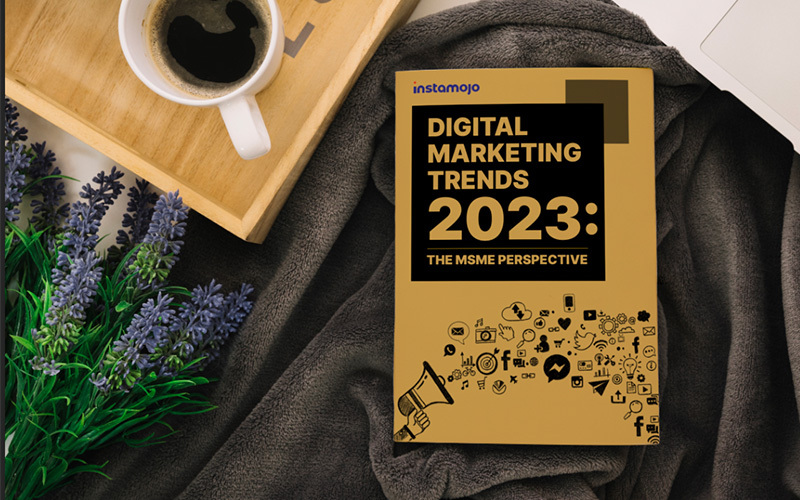The waning of the pandemic did get some online business owners worried. Now that physical retail was back, what would it mean for eCommerce businesses? This concern coupled with geopolitical tension, inflation and a funding slowdown – online business owners really do have a lot on their plates.
But we are here to show you the path in the dark. This year also saw immense growth in terms of online order volumes, Indian startups becoming unicorns and legacy brands shifting to D2C channels of commerce.
Why? Because the direct-to-consumer model of online commerce gives eCommerce business owners what they need the most in today’s economy – agility.
Let’s explore this in detail.
State of the D2C market from 2022 to 2023
A report by Shiprocket stated that India saw close to 800 brands choose the D2C model last year. MNCs and legacy brands like HUL, ITC, Nestle and Marico have been investing in their own eCommerce websites to strengthen a direct bond with their consumers.
In India, D2C brands grew at a CAGR of 40% and their market share is expected to reach USD 60 billion by 2027.
2022 as a rude wake-up call
If 2021 was glorious, 2022 was a wake-up call. Globally, there was funding with investors preferring to stay cautious and risk-averse.
Indian start-ups saw a 37% fall in funding after raising a total of $25.9 billion in 2022. Start-ups also saw a heavy spate of layoffs with almost 18,000 employees losing their jobs, along with multiple start-ups postponing their IPO plans.
D2C as the chosen route for future-proofing eCommerce businesses
Ankur Bansal of Blacksoil predicts this funding winter and shutdown to continue well into 2023 as well. This is where startups need to have two qualities that will help them sail over the crisis.
- Flexibility
- Selective expansion in niches
And here is where D2C brands have an advantage. The nature of the model is such that it allows brand owners to react to market volatility quickly.
It allows online business owners to selectively choose the most profitable routes of expansion in the short run while making decisions that help them reserve cash and extend their runway.
And since they operate in niches, there is a faster rate of customer reaction and adoption of the brand’s strategies.
It gives them more control over their business and helps them modify their customer acquisition budget according to existing cash flows and brand equity.
Related read: How to sell online in India: Website vs Marketplace
Looking ahead at 2023
2022 saw hypergrowth in certain segments like space tech, HR tech, health tech, clean foods and SaaS-based startups. D2C brands operating in these niches have the power to aggressively build their brand.
According to the Hindu Business Line – Vishal Gupta, a partner at Bessemer Venture is expecting the fintech, SaaS and eCommerce sectors to thrive because of the incorporation of new technologies and the high demand-supply ratio.
Here are some expectations by D2C leaders as laid out by ETBrandEquity:
“Personalisation will play a key role,” Naveen Murali, head of marketing, Pepperfry
“Social commerce will see immense rise,” Harsh Parekh, general manager-marketing at Wow Skin Science.
“Customers are willing to share information with brands,” Jennifer Pandya, vice president-marketing at Caratlane.
“Indian customer buying patterns are now driven by convenience and perceived value” Shan Kadavil, Co-founder of FreshToHome
“Omnichannel marketing strategy is the way to go,” Sukhleen Aneja, CEO, The Good Glam Group.
Read their expectations in detail here.
D2C as an enabler for Indian MSMEs
The D2C model has also helped empower Indian MSMEs by helping them bypass predatory middlemen and connecting to the consumers themselves.
It becomes easier for MSMEs to retain their competitive edge by providing immediate and personalised customer service and realising higher value for their products/services.
Internet penetration deep into India’s hinterlands has also given the MSMEs the opportunity to tap into digital marketing to reach a wider customer base.
However, MSMEs do not have access to the same pool of tools that other larger brands do. They need cost-effective methods that have higher ROI and lower capital intensiveness.
Here’s our free guide to Digital marketing especially through the MSME lens.


